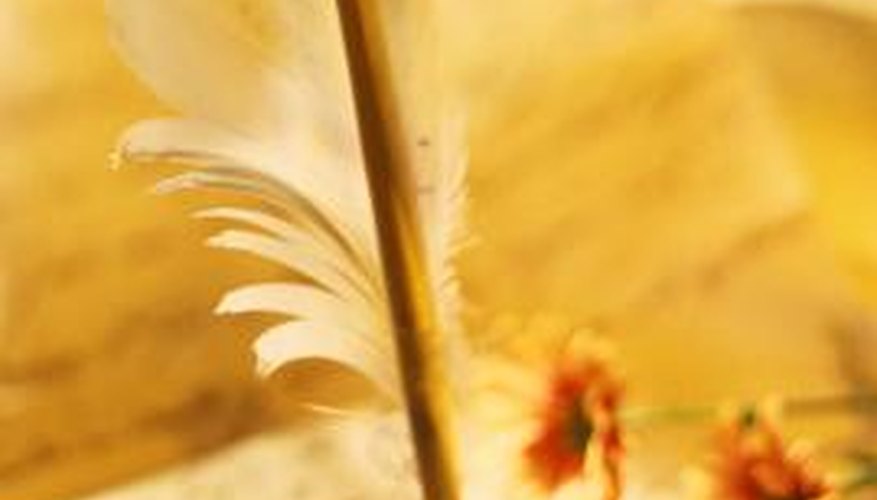During the medieval period, paper was a rare and often precious commodity. For this reason, only the wealthy wrote and sent messages on paper, and no one used envelopes. The letter itself served as the envelope, requiring special folding techniques to keep the information within private and protected from the elements. If you need an original way to present a romantic letter or special, themed party invitations, medieval letter folding may just do the trick.
- During the medieval period, paper was a rare and often precious commodity.
- The letter itself served as the envelope, requiring special folding techniques to keep the information within private and protected from the elements.
Place the parchment paper letter on top of a piece of leather paper. You can get both at craft or stationery stores. Leather paper is somewhat waterproof and sturdier than parchment paper.
Fold the bottom third of the parchment letter up over the centre of the letter. Fold the top third of the letter down over the folded bottom third, resulting in a neatly folded rectangle.
Fold the left and right edges of the leather paper over the left and right edges of the parchment rectangle. These are the side edges of the leather paper "envelope."
Fold the bottom third of the leather paper up over the parchment letter. Fold the top third of the leather paper down over the parchment letter. The top edge of the leather paper should lie near the centre of the bottom third. Press on all of the creases to make them sharp and secure.
- Fold the bottom third of the parchment letter up over the centre of the letter.
- Fold the bottom third of the leather paper up over the parchment letter.
Hold a piece of sealing wax at a 45-degree angle about 3 inches above the leather paper. Hold a lighter to the wax, allowing it to drip onto the centre of the leather paper's top flap. Create a puddle about half an inch wide.
Press the sealing stamp into the wax. This helps the wax dry very quickly and also identifies you to the recipient. You can get stamps and sealing wax at craft stores and stationery shops.
